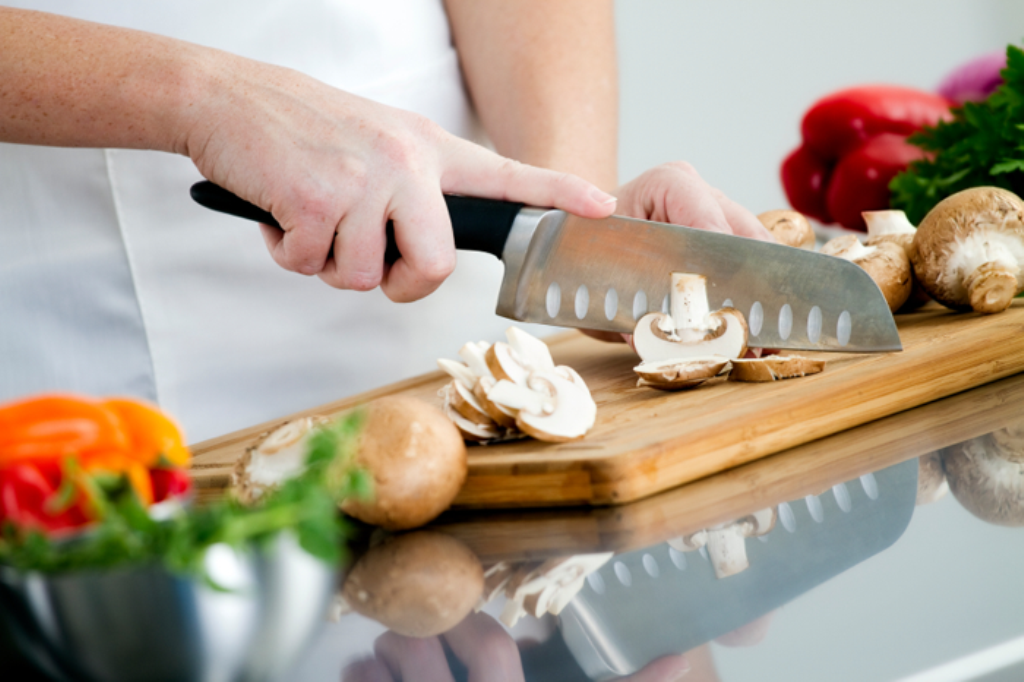Noticing your cutting board turning black can be quite distressing, especially for anyone who spends a lot of time in the kitchen. This issue isn't just about appearanceit raises serious hygiene concerns that can affect food quality. In this article, well explore why cutting boards develop black spots and discuss effective measures to prevent this from happening.
Black discoloration on cutting boardsparticularly wooden onescan lead to questions about cleanliness and food safety. It's important to understand the root causes and the appropriate solutions to maintain high hygiene standards in your kitchen.

Common Reasons for Black Discoloration
There are several reasons your cutting board may be developing black patches. Lets delve into these causes one by one.
1. Bacterial Growth
Wood is naturally porous, allowing it to retain moisture, which can create an ideal environment for bacteria to thrive. If a cutting board isnt properly cleaned or sanitized after use, bacteria can multiply, resulting in unsightly dark spots. This poses a serious health risk.
2. Mold and Fungi
When cutting boards are kept in humid areas after washing, they can develop mold. This fungus is identified by its dark patches, so checking for any signs of mold regularly is crucial, particularly with wooden boards.
3. Food Reactions
Certain foods can react chemically with the material of a cutting board, especially if they are acidic or heavily pigmented. For example, beets and tomatoes can leave stains that may become permanent over time.
4. Inadequate Maintenance
Failing to clean or care for your cutting board properly can lead to its deterioration. Wooden boards need periodic oiling to maintain their quality, while plastic boards can accumulate scratches that trap food particles. Neglecting these maintenance tasks can result in the development of unwanted black marks.
Tips to Prevent Your Cutting Board from Turning Black
Here are some practical steps that every kitchen professional can adopt to keep their cutting boards in good condition and free from black discoloration.
1. Clean Regularly
Make it a habit to wash your cutting board with hot, soapy water after each use. Rinse it with warm water and ensure it dries completely to avoid moisture buildup.
2. Sanitize Effectively
Sanitization is vital for ensuring cutting board hygiene. Create a sanitizing solution by mixing one tablespoon of unscented liquid chlorine bleach into a gallon of water, then apply it to the board. Let it sit for a few minutes before rinsing with clean water. You can refer to Food Safe Pal for more details on sanitization.
3. Apply Food-safe Mineral Oil
Occasional application of food-safe mineral oil is beneficial for wooden cutting boards. This oil not only preserves the wood's condition but also helps to create a barrier against moisture and bacteria.
4. Proper Storage
Always store your cutting boards in a dry location with adequate air circulation. Avoid keeping them in moist areas. Ideally, stand your board upright or place it on a rack to facilitate airflow.
When to Consider Replacing Your Cutting Board
No matter how diligent you are with care, there may come a time when replacing your cutting board is necessary. Here are some indications that its time for a new one:
1. Noticeable Grooves or Cuts
If you observe significant grooves or cuts in your board, its a sign that its been compromised by bacteria and food particles, making proper cleaning difficult. Boards with deep cuts can become hotspots for germs.
2. Persistent Odors
If your cutting board emits strong, lingering smells even after thorough washing, it may be harboring bacteria or food residues, suggesting its time for a replacement.
3. Severe Discoloration
While some minor staining is typical, extensive black discoloration clearly indicates that the board has lost its integrity. At this stage, buying a new board is wise to protect your health.

Frequently Asked Questions
1. How often should I clean my cutting board?
Its essential to clean your cutting board after every use to minimize the risk of cross-contamination.
2. Is bleach safe for cleaning cutting boards?
Yes, a diluted bleach solution can be used for sanitizing. However, be sure to rinse it thoroughly afterward.
3. Which type of cutting board is best for meat and vegetables?
Plastic cutting boards are often recommended for raw meats due to their ease of sanitization, while wooden boards are preferable for vegetables when well-cared for.
As an Amazon Associate, I earn from qualifying purchases.
For additional insights on cutting boards and how they may affect your food safety, take a look at this article here.


























